Sommerpalast - Tickets, Öffnungszeiten, Highlights und Tipps
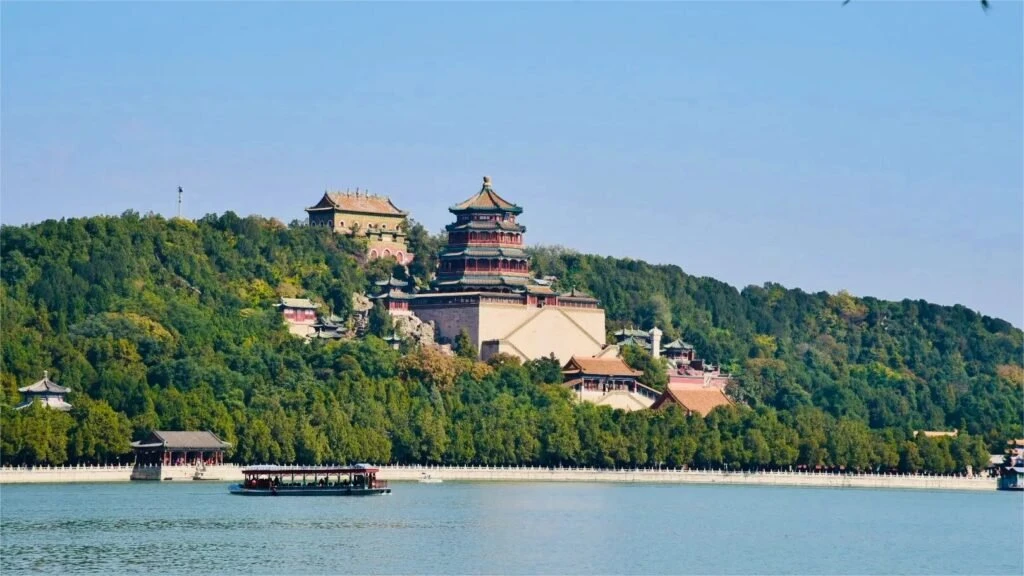

The Summer Palace (颐和园, Yihe Park), a royal garden from the Qing Dynasty, is located in the western suburbs of Beijing, 15 kilometers from the city center. Covering an area of 3.009 square kilometers, with water surfaces making up about three-quarters of its total area, it stands as the largest and best-preserved imperial garden in China, earning the title of “Museum of Royal Gardens.”
Originally known as the Qingyi Garden, the Summer Palace was built on the foundations of Kunming Lake and Longevity Hill, modeled after the West Lake in Hangzhou and incorporating design elements from Jiangnan gardens. Before Emperor Qianlong ascended the throne, four large imperial gardens were constructed in the western suburbs of Beijing. In 1750, during the 15th year of Qianlong’s reign, he spent 4.48 million taels of silver to renovate the area into Qingyi Garden to honor his mother, Empress Dowager Chongqing. This formed a vast 20-kilometer stretch of imperial gardens from present-day Tsinghua Garden to Fragrant Hills.
In 1860, during the 10th year of Emperor Xianfeng’s reign, the Qingyi Garden was destroyed by Anglo-French allied forces. It was rebuilt and renamed the Summer Palace in 1888 during the 14th year of Emperor Guangxu’s reign, intended as a summer retreat. However, in 1900, the Summer Palace suffered further damage and looting by the Eight-Nation Alliance. Following the fall of the Qing Dynasty, the Summer Palace faced additional destruction during the Warlord Era and under the rule of the Kuomintang.
Today, the Summer Palace is a UNESCO World Heritage Site, admired for its historical significance, beautiful landscapes, and intricate architectural features, making it a popular destination for both tourists and locals.
Inhaltsübersicht
- Basic information
- Standort und Transport
- Highlights of the Summer Palace
- Longevity Hill (Wanshou Shan)
- Suzhou Street
- Four Great Regions (Sida Buzhou)
- Sea of Wisdom (Zhihuihai)
- Tower of Buddhist Incense (Foxiang Ge)
- Precious Cloud Pavilion (Baoyun Ge)
- Hall of Dispelling Clouds (Paiyun Dian)
- Long Corridor (Chang Lang)
- Kunming-See
- Picturesque Landscape (Huazhongyou)
- Hall of Listening to Orioles (Ting Li Guan)
- Garden of Harmonious Pleasures (Xiequ Yuan)
- Hall of Joy and Longevity (Le Shou Tang)
- Hall of Jade Ripples (Yi Yun Guan)
- Grand Theatre (Da Xi Lou)
- Yulan Hall (Yu Lan Tang)
- Hall of Benevolence and Longevity (Ren Shou Dian)
- East Palace Gate (Dong Gong Men)
- Marble Boat (Qingyan Boat)
- Wenchang Hall (Wenchang Yuan)
- Wenchang Tower (Wenchang Ge)
- Seventeen-Arch Bridge and Bronze Ox
- Empfohlene Routen
- Vlog about Summer Palace
- Nützliche Tipps aus Rezensionen zusammengefasst
- Interessante Fakten
- Andere kaiserliche Stätten in Peking
Basic information
| Website | www.summerpalace-china.com |
| Geschätzte Dauer der Tour | 2 hours – 4 hours, depending on the routes |
| Die Öffnungszeiten | 06.00 – 19.00 (April 1st - 31. Oktoberst); Last entry: 19.00 06.30 – 18.00 (November 1st - 31. Märzst); Last entry: 18.00 |
| Ticketpreis | Admission Erwachsene: 30 RMB (approx. 4.3 dollars from April 1st bis 31. Oktoberst) 20 RMB (approx. 3 dollars from November 1st bis 31. Märzst) Kinder unter 1,2 m: kostenlos Galleries Wenchang Gallery (Wenchangyuan): 5 RMB Garden of Virtue and Harmony (Deheyuan): 5 RMB Buddhist of Incense (Foxiangge): 10 RMB Suzhou Street (Suzhoujie): 10 RMB Combined Ticket (including entry to the palace and all the galleries) Erwachsene: 60 RMB (approx. 8.5 dollars from April 1st bis 31. Oktoberst) 50 RMB (approx. 7 dollars from November 1st bis 31. Märzst) Kinder unter 1,2 m: kostenlos |
Standort und Transport
The Summer Palace is located in the Northwest corner of Beijing, not very far from the city center and close to the Old Summer Palace. You can get there by bus, subway, and taxi. Because it has four entrances, the transportation also varies. The cost of a bus and subway will be within 5 RMB, and the cost of a Taxi should range from 20 to 100 RMB, depending on where you are from.
To West Gate:
- Bus: Take No. 469 or 539 and get off at the stop called “West Gate of the Summer Palace” or “Yiheyuan Xigongmen Zhan”
To North Gate:
- Bus: Take No. 303, 332, 346, 384, 394, or 563 and get off at the stop called “North Gate of the Summer Palace” or “Yiheyuan Beigongmen Zhan”
- Subway: Take subway line 4, get off at the stop called “North Gate of the Summer Palace”, and get out from Exit D.
To East Gate:
- Bus: Take No. 303, 332, 346, or 584 and get off at the stop called “the Summer Palace” or “Yiheyuan Zhan”.
- Subway: Take subway line 4, get off at the stop called “Xiyuan Zhan”, and get out from Exit C1 or C2.
Highlights of the Summer Palace
Longevity Hill (Wanshou Shan)
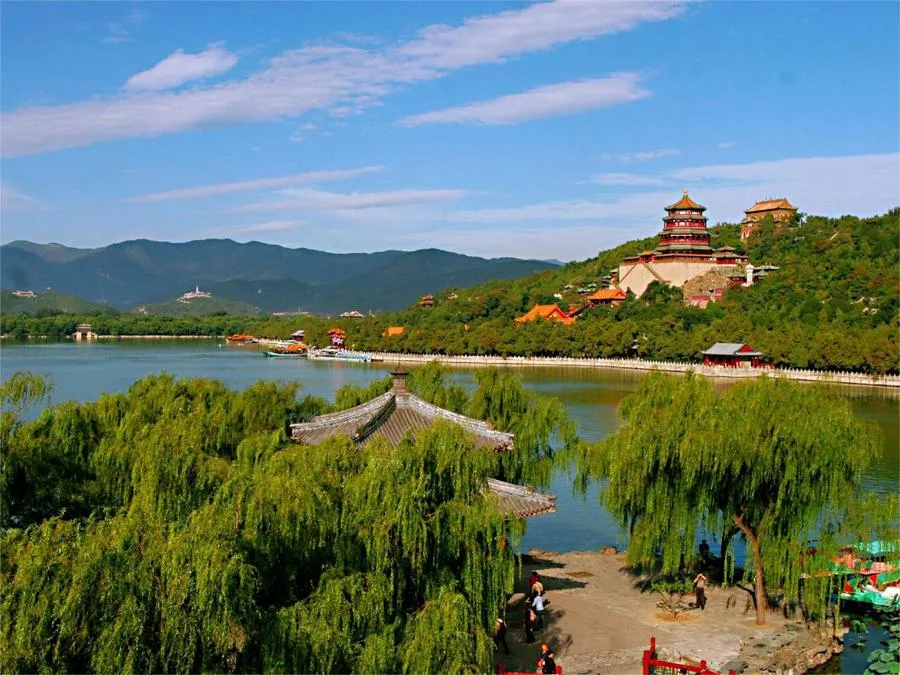
Longevity Hill, part of the Yanshan Mountain range, stands 58.59 meters high. The architectural complex on Longevity Hill is constructed in a hierarchical manner, with the three-tiered, four-eaved Tower of Buddhist Incense (Foxiang Ge) as its focal point. This central structure is part of a grand architectural ensemble that extends from the base of the hill to its summit, creating a striking central axis.
- Central Axis: At the base, the Yunhui Yuyu Archway marks the beginning of the ascent. Key structures along this axis include the Gate of Dispelling Clouds, the Hall of Dispelling Clouds, the Hall of Moral Glory, and the Tower of Buddhist Incense, culminating at the Sea of Wisdom at the top of the hill.
- Eastern and Western Sections: The east side features the Rotating Archive and the stele of Longevity Hill and Kunming Lake. The west side houses the Five Pavilion Pavilion and the bronze-cast Precious Cloud Pavilion.
- Rear Hill Structures: The back of the hill boasts Tibetan Buddhist architecture and a multicolored glazed Pagoda of Many Treasures. Notable pavilions here include the Pavilion of Auspicious Views, the Pavilion of Layered Greenery, the Autumn Water Pavilion, and the Pavilion of Floating Cups.
Suzhou Street

Suzhou Street, also known as “Merchant Street,” is located along the banks of the Back Lake. Modeled after a traditional Jiangnan water town, it features shops like jade and antique stores, silk shops, pastry shops, tea houses, and gold and silver jewelry stores, staffed by eunuchs and palace maids when the emperor was in residence. The original street was destroyed by foreign forces in 1860 but was rebuilt in 1986 to its former glory.
Four Great Regions (Sida Buzhou)

The Four Great Regions are a series of Han-Tibetan style buildings located in the middle of the rear part of Longevity Hill. Covering 20,000 square meters, these structures are built to fit the natural landscape.
- Main Structures: The main building is the Temple of the Sea of Wisdom. In front is the Sumeru World, flanked by three-meter-high sutra pillars. The temple complex also includes the Pavilion of the Incense of Benevolence and various smaller temples.
- Symbolic Structures: Surrounding the temple are four large areas representing the Four Great Continents of Buddhist cosmology: Eastern Victorious Continent, Western Ox-Head Continent, Southern Jambu Continent, and Northern Kuru Continent. These areas are built with distinct tower forms symbolizing the different regions.
- Buddhist Stupas: In the south, southwest, northeast, and northwest are four Lamaist stupas in red, white, black, and green, representing the Four Wisdoms of Buddhism. Each stupa features thirteen ring structures known as “phurba,” symbolizing the thirteen heavens of Buddhist cosmology.
- Sun and Moon Terraces: Among the Four Great Continents and the smaller regions, two uneven platforms represent the Sun and Moon Terraces, symbolizing the sun and moon orbiting the Buddha.
Sea of Wisdom (Zhihuihai)

Located at the highest point of Longevity Hill, the Sea of Wisdom is a unique religious structure. It is a beamless hall, constructed entirely of bricks and stones using an arch structure. The exterior is decorated with intricate yellow and green glazed tiles, with the roof adorned with a few purple and blue glazed tiles. The building is notable for its over a thousand glazed Buddha statues embedded into its exterior walls. The term “Sea of Wisdom” is a Buddhist expression that praises the Buddha’s wisdom as boundless as the sea. Despite its wooden appearance, the structure uses no wood, hence the name “beamless hall.” Inside, it houses a statue of the Buddha of Infinite Light, earning it the alternate name “Hall of Infinite Light.”
Tower of Buddhist Incense (Foxiang Ge)

Situated midway up the front side of Longevity Hill, the Tower of Buddhist Incense stands on a 21-meter-high square base. This octagonal, three-tiered, four-eaved structure rises to a height of 41 meters. Eight massive ironwood pillars support the intricate design, making it a masterpiece of classical architecture. Originally constructed during the Qianlong era, the tower was destroyed by Anglo-French forces in 1860 and later rebuilt between 1891 and 1894 at a cost of 780,000 taels of silver. It is the largest project within the Summer Palace. Inside, a statue of the Buddha of Universal Rescue is worshipped, with the royal family often coming here to offer incense.
Precious Cloud Pavilion (Baoyun Ge)

The Precious Cloud Pavilion, also known as the Bronze Pavilion, is one of the largest and most finely crafted bronze structures in China. It is located in the courtyard of the Five Pavilion Pavilion to the west of the Tower of Buddhist Incense. The pavilion, constructed on a 4-meter-high white marble base, stands 7.5 meters tall and weighs 207 tons. Despite being made of bronze, it is designed to resemble traditional wooden architecture, complete with lattice windows and doors. The east, south, and west sides have doors, while the north side features windows, all adorned with intricate lattice patterns.
Hall of Dispelling Clouds (Paiyun Dian)
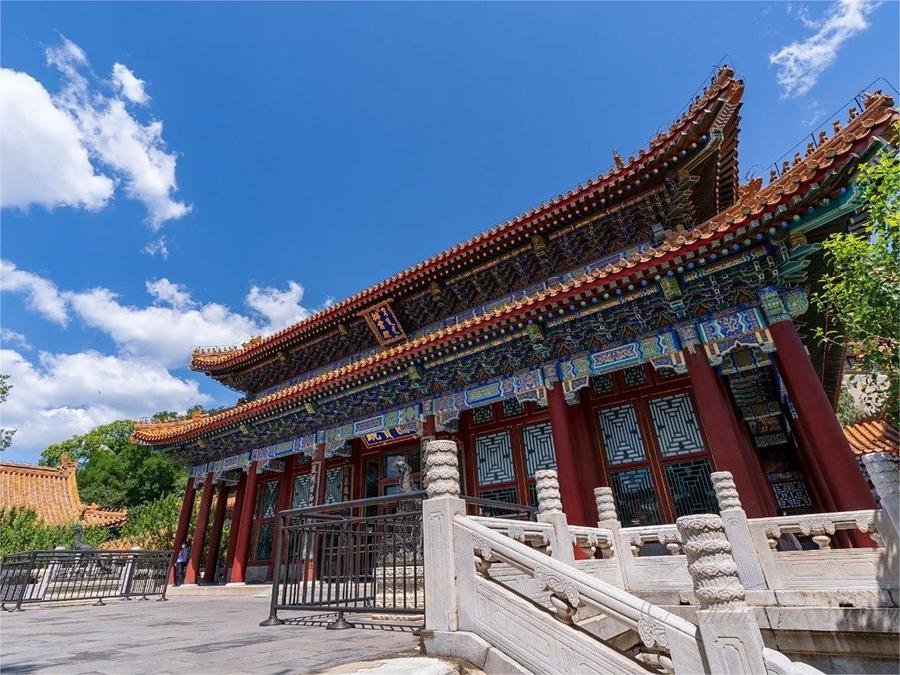
Located at the center of the front part of Longevity Hill, the Hall of Dispelling Clouds originally served as the Great Benevolent Longevity Temple, built by Emperor Qianlong for his mother’s 60th birthday. Empress Dowager Cixi later rebuilt it as the Hall of Dispelling Clouds, which became the place where she resided and received birthday greetings. The name “Dispelling Clouds” is derived from a poem by Guo Pu, implying an ethereal realm where immortals appear. Viewed from a distance, the Hall aligns with the archways, the Gate of Dispelling Clouds, the Golden Water Bridge, and the Second Palace Gate, forming a majestic ascending line. This architectural ensemble is one of the most magnificent in the Summer Palace, embodying both imperial grandeur and serene beauty.
Long Corridor (Chang Lang)
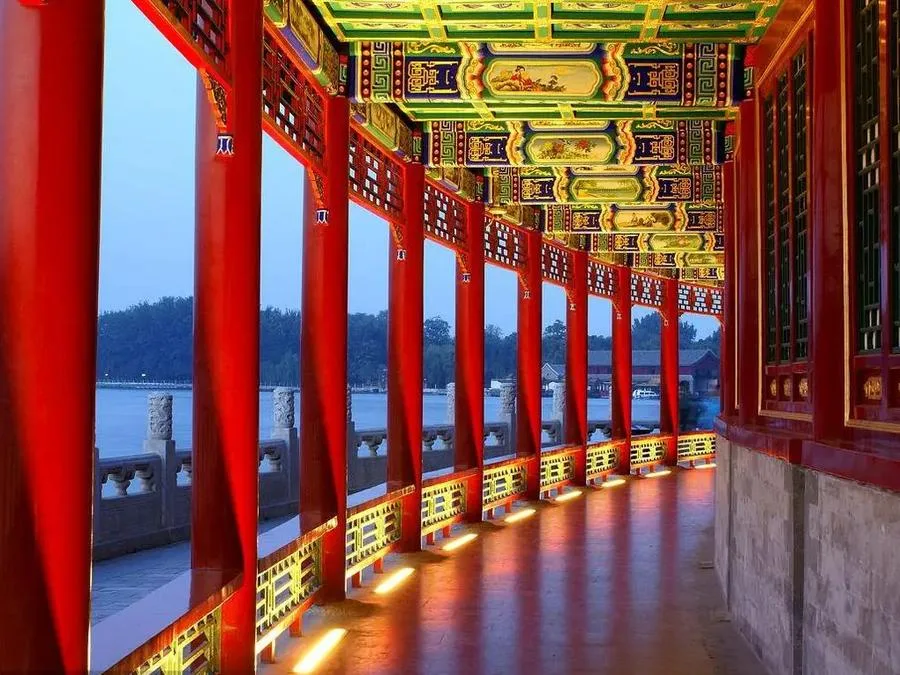
The Long Corridor is a covered walkway that runs along the southern slope of Longevity Hill, facing Kunming Lake. Stretching from the Inviting Moon Gate in the east to the Stone Boat Pavilion in the west, it spans 728 meters and contains 273 sections, making it the longest covered corridor in Chinese gardens. Recognized by the Guinness World Records in 1992 as the world’s longest corridor, it features over 14,000 paintings on its beams and rafters. These paintings depict landscapes, birds, flowers, insects, and scenes from famous Chinese literary works. The colorful artwork enriches the experience of walking through the corridor, offering visitors a glimpse into traditional Chinese culture and mythology.
Kunming-See

Kunming-See is the largest lake in the imperial gardens of the Qing Dynasty. A long causeway, known as the West Causeway, stretches from the northwest to the south, dividing the lake into three sections, each with an island at its center. These islands are arranged to symbolize the legendary three divine mountains of the East Sea in Chinese mythology: Penglai, Fangzhang, and Yingzhou. The West Causeway and its six bridges were deliberately designed to mimic the famous Su Causeway and its six bridges in Hangzhou’s West Lake. The causeway is lined with willow trees and offers expansive views of the natural landscape. The serene waters, lush vegetation, and scenic bridges create a harmonious blend of natural and man-made beauty. In the distance, the Jade Spring Hill and its Jade Peak Pagoda add to the picturesque setting, further integrating the surrounding landscape into the garden’s design.
Picturesque Landscape (Huazhongyou)
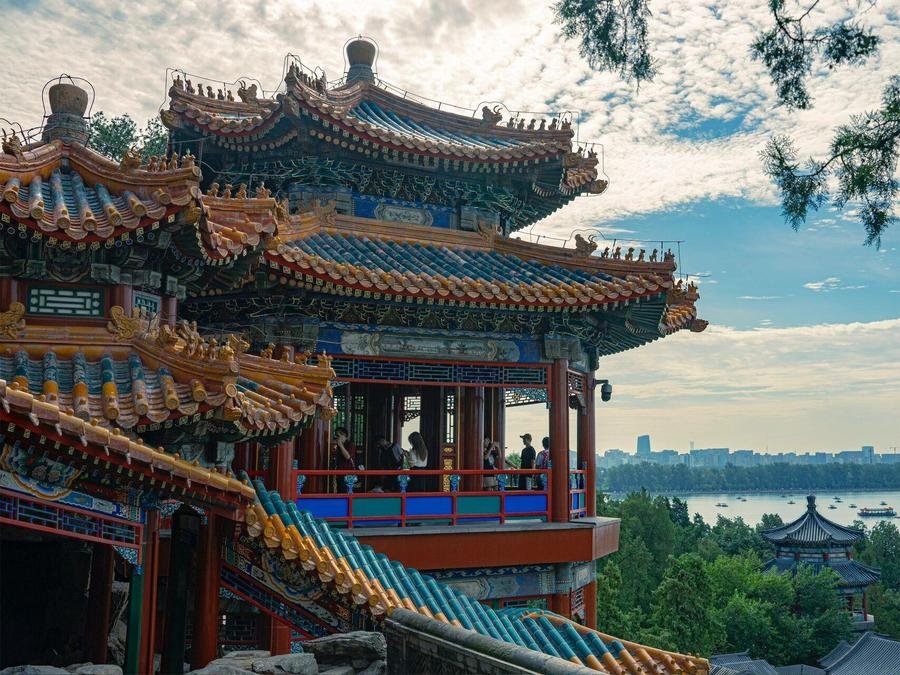
Located on the western side of Longevity Hill, the Picturesque Landscape is a group of scenic buildings constructed along the slope. The complex features a two-story pavilion flanked by two smaller pavilions named “Loving the Mountain” and “Borrowing Autumn.” Behind these pavilions stands a stone archway, leading to the “Clear Sun Pavilion” (Chenghui Pavilion). The buildings are connected by climbing corridors, all positioned at different heights along the hillside. This arrangement creates a dynamic visual effect, with red, yellow, blue, and green glazed tiles adorning the structures, nestled among verdant pines and cypresses. The combination of natural and architectural beauty makes this area a true embodiment of the picturesque landscape concept in Chinese garden design.
Hall of Listening to Orioles (Ting Li Guan)
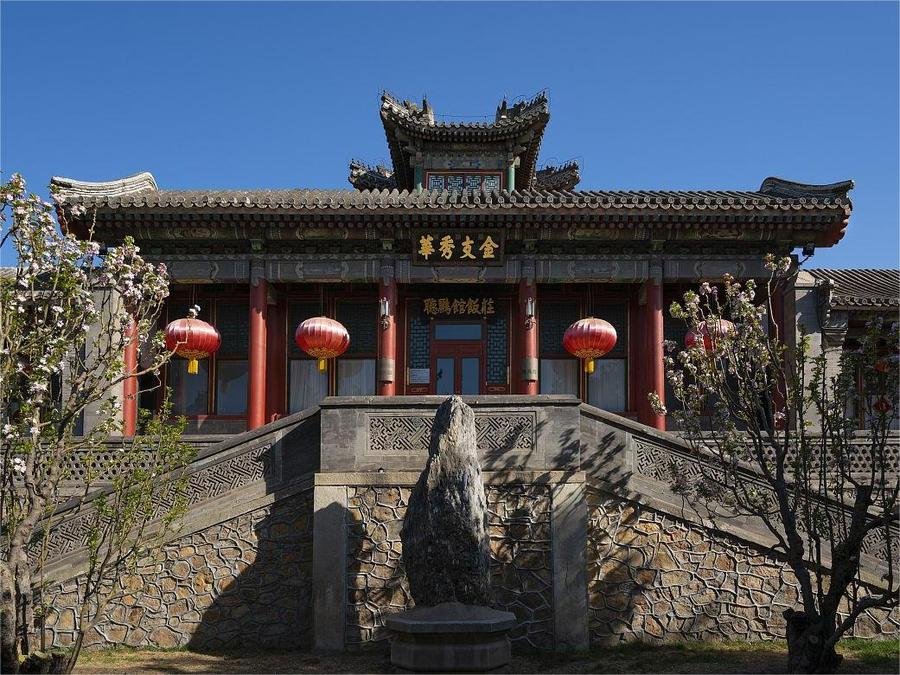
Originally built by Emperor Qianlong for his mother, the Hall of Listening to Orioles features a two-story opera stage. The name “Listening to Orioles” comes from the ancient Chinese tradition of comparing the melodious sound of the oriole bird to beautiful music. Before the Grand Opera Stage in the Garden of Virtue and Harmony was constructed, Empress Dowager Cixi often watched operas and hosted banquets here. Although the hall was destroyed by the Anglo-French Allied Forces in 1860, it was rebuilt during the Guangxu reign. Today, the Hall of Listening to Orioles is renowned for its exquisite imperial cuisine, offering visitors a taste of the palace’s culinary heritage while enjoying its historical ambiance.
Garden of Harmonious Pleasures (Xiequ Yuan)

Situated on the eastern slope of Longevity Hill, the Garden of Harmonious Pleasures is an independent garden within the Summer Palace that embodies the style of southern Chinese gardens. Originally named Huishan Garden during the Qingyi Garden period, it was modeled after the Jichang Garden in Wuxi. In the 16th year of the Jiaqing reign (1811), the garden was renovated and renamed to reflect its harmonious and delightful nature, inspired by Emperor Qianlong’s poem describing the garden’s serene and charming atmosphere. The garden features thirteen pavilions, terraces, halls, and studios, all interconnected by winding corridors and five distinctive bridges. One notable structure is the “Knowing Fish Bridge” (Zhiyu Bridge), located in the southeast corner. The bridge’s name, inscribed by Emperor Qianlong, alludes to the famous philosophical debate between Zhuangzi and Huizi about whether one can understand a fish’s happiness.
Hall of Joy and Longevity (Le Shou Tang)
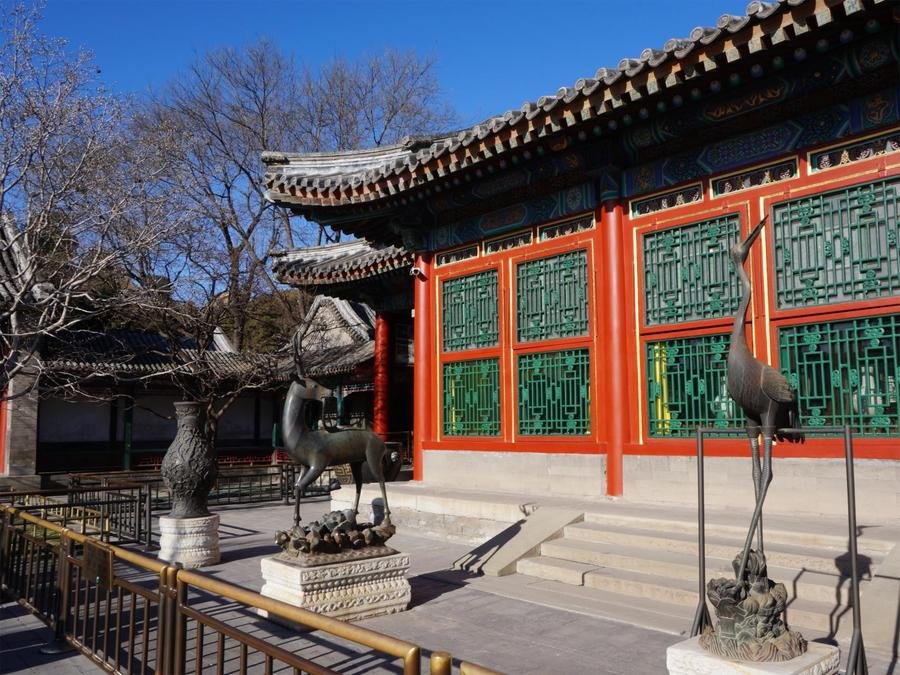
The Hall of Joy and Longevity is the main residential building within the living quarters of the Summer Palace. Originally constructed in 1750 during the 15th year of Emperor Qianlong’s reign, it was destroyed in 1860 and rebuilt in 1887 during the 13th year of Emperor Guangxu’s reign. The hall faces Kunming Lake and leans against Longevity Hill, providing it with the best location for residence and recreation within the garden. The black plaque with gold characters that reads “Hall of Joy and Longevity” was inscribed by Emperor Guangxu. In front of the hall is a pier where Empress Dowager Cixi used to board boats. The courtyard is adorned with bronze deer, cranes, and vases, symbolizing peace and prosperity. The garden is filled with magnolias, begonias, and peonies, representing wealth and honor.
Hall of Jade Ripples (Yi Yun Guan)
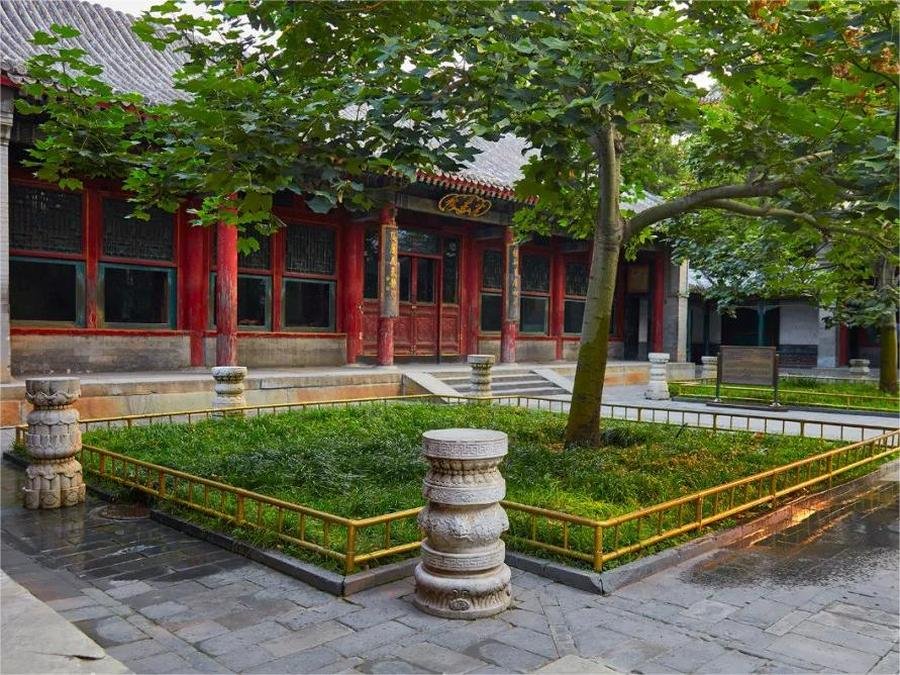
The Hall of Jade Ripples was initially built during the Qianlong era and was later renovated during the Guangxu period. It originally served as Emperor Qianlong’s library during the Qingyi Garden period, with elegant furnishings. During the Summer Palace period, it became the sleeping quarters of Empress Dowager Longyu, the wife of Emperor Guangxu. The furnishings were significantly altered to suit its new purpose and the status of its occupants. In 1979, the hall was restored, with furniture placed inside. In 1992, the interior was arranged according to historical records from the Qingyi Garden period, and over a hundred pieces of historical artifacts were displayed.
Grand Theatre (Da Xi Lou)
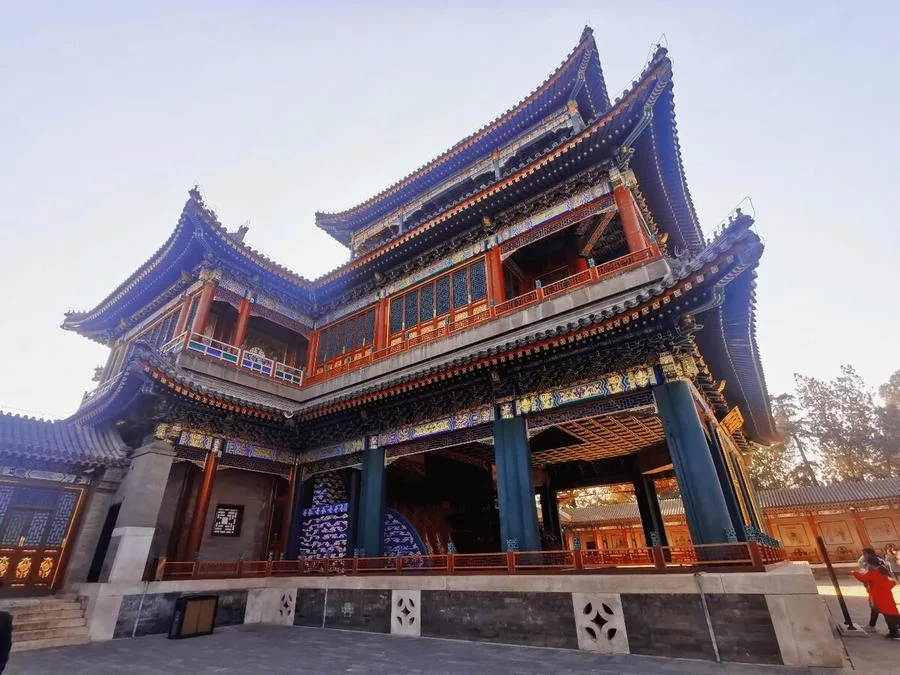
The Grand Theatre, located within the Garden of Virtue and Harmony (De He Yuan), is one of the three largest opera stages of the Qing Dynasty, along with the Clear Sound Pavilion in the Chengde Mountain Resort and the Pavilion of Cheerful Melodies in the Forbidden City. The Grand Theatre was constructed specifically for Empress Dowager Cixi’s 60th birthday and was used exclusively for her entertainment. Standing at 21 meters tall, it is the second tallest structure in the Summer Palace, after the Tower of Buddhist Incense. The theatre has three floors and a two-story backstage area for dressing rooms. The top panel of the stage features seven “heaven wells,” and the floor has a “ground well” and five square pools. These features allowed for dramatic effects during performances, enabling characters to descend from the heavens, emerge from the ground, or even have water brought onto the stage.
Yulan Hall (Yu Lan Tang)

Yulan Hall is a three-sided courtyard structure located southwest of the Hall of Benevolence and Longevity and by the shores of Kunming Lake. The main hall, Yulan Hall, faces south, flanked by two side halls: Xiufen Chamber to the east and Ouxiang Pavilion to the west. The eastern hall connects to the Hall of Benevolence and Longevity, while the western hall leads to the lakeside pier, and the back door of the main hall directly faces Yiyun Pavilion. The back eaves and both side halls are enclosed by brick walls, isolating them from the outside world. Yulan Hall is a crucial historical site within the Summer Palace. In 1898, after Empress Dowager Cixi staged a coup against Emperor Guangxu’s reform efforts, she imprisoned him here. It served as Emperor Guangxu’s living quarters during this turbulent period.
Hall of Benevolence and Longevity (Ren Shou Dian)
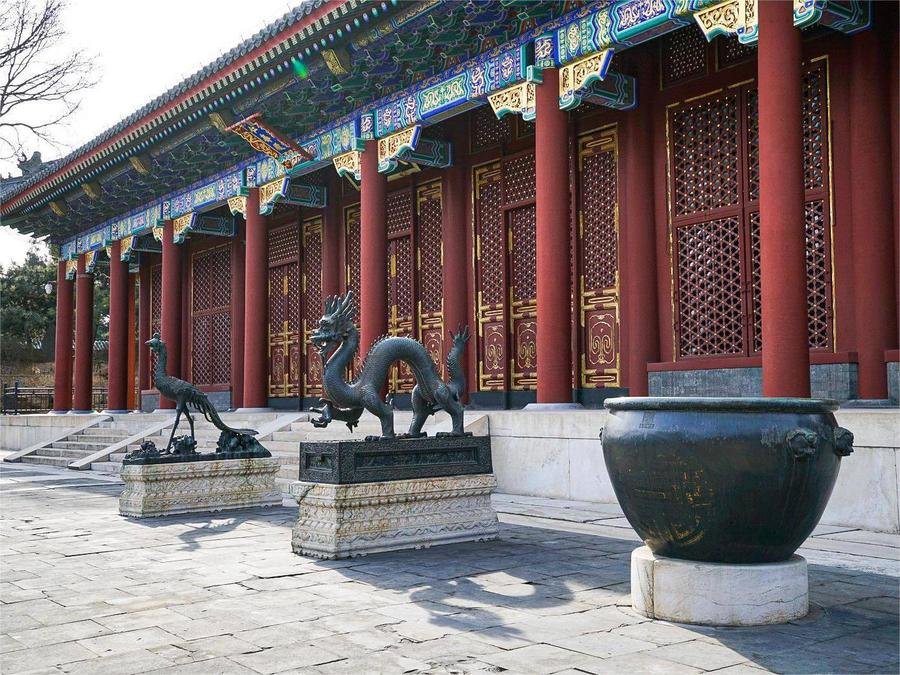
The Hall of Benevolence and Longevity, originally named the Hall of Diligent Government during the Qingyi Garden period, served as the emperor’s administrative center during both the Qianlong and Guangxu eras. The overall layout and furnishings of the hall reflect the formal setting of a royal palace, with luxurious decorations added during the Summer Palace period. The central section of the hall’s current setup maintains the arrangement from Emperor Guangxu’s time, although some items have been changed. The original artifacts, books, and furniture from the hall are either displayed within or stored in the museum’s collection for preservation. The Hall of Benevolence and Longevity, located just inside the East Palace Gate, exemplifies the grandeur and authority of the Qing Dynasty’s imperial administration.
East Palace Gate (Dong Gong Men)

The East Palace Gate is adorned with colorful painted designs beneath its eaves and six large red doors studded with orderly yellow door nails. Hanging beneath the eaves is a grand plaque inscribed with the words “Summer Palace” in gold, written by Emperor Guangxu himself. The imperial path leading up to the gate features a carved stone dragon motif depicting two dragons playing with a pearl, a symbol of imperial dignity. This stone carving, originally from the ruins of the Old Summer Palace’s Anyou Palace, was relocated here during the Qianlong era. Historically, the East Palace Gate was reserved exclusively for the emperor and empress of the Qing Dynasty.
Marble Boat (Qingyan Boat)
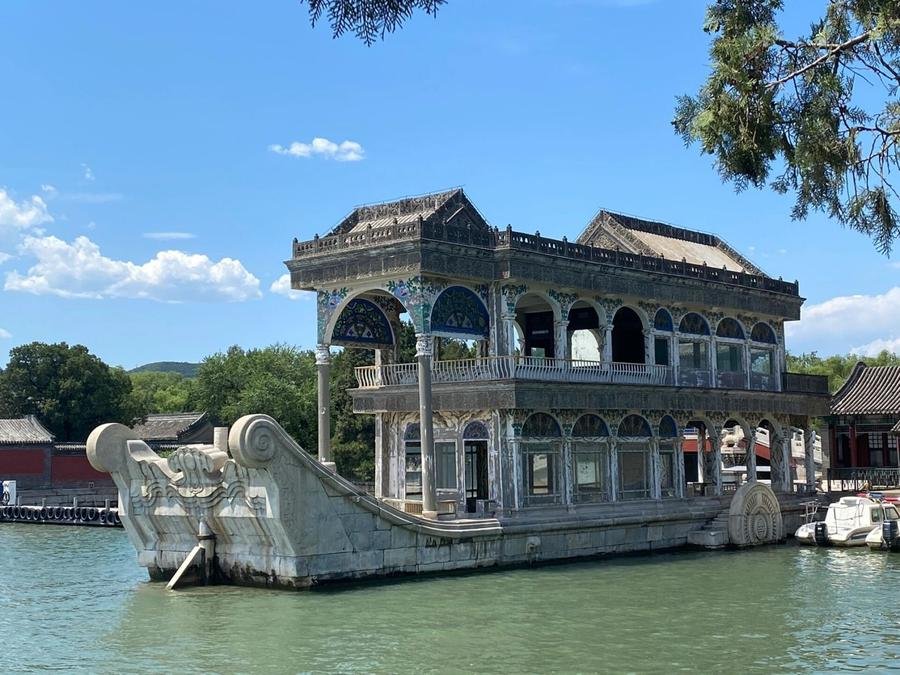
Located at the western end of the Long Corridor, the Marble Boat, or Qingyan Boat, symbolizes a peaceful and prosperous reign. Originally a platform for freeing captive animals during the Ming Dynasty, it was transformed into a boat by Emperor Qianlong during the renovation of the Summer Palace. The Marble Boat stretches 36 meters and is constructed entirely of marble, mimicking a real ship. The structure features two stories, with a floor made of decorative tiles, colorful glass windows, and ornate brick carvings on the roof. Ingeniously designed, rainwater falling on the boat is channeled through hollow pillars and expelled through dragon heads at the base, showcasing a blend of Chinese and Western architectural elements.
Wenchang Hall (Wenchang Yuan)

Adjacent to the Wenchang Tower, Wenchang Hall is the largest and most prestigious museum within a classical Chinese garden. It houses six themed exhibition rooms displaying thousands of artifacts from the Shang and Zhou dynasties to the late Qing Dynasty. The collection includes bronzes, jade, porcelain, gold and silver wares, bamboo and wood carvings, lacquerware, furniture, paintings, calligraphy, ancient books, enamelware, clocks, and miscellaneous items. These artifacts epitomize the pinnacle of Chinese craftsmanship, with many pieces being national treasures. The hall also exhibits Qing Dynasty court life items, providing a vivid glimpse into the imperial lifestyle and offering invaluable insights into China’s royal heritage.
Wenchang Tower (Wenchang Ge)

Wenchang Tower is the largest of the six city gates within the Summer Palace, constructed in 1750 during Emperor Qianlong’s reign. Destroyed by the Anglo-French forces in 1860, it was later rebuilt during Emperor Guangxu’s era. The tower comprises two stories and enshrines bronze statues of the god Wenchang Dijun and celestial children. The Wenchang Tower, along with the Suzhou Street Market, symbolizes the harmonious balance of civil and military power, reflecting the architectural and cultural ethos of the Qing Dynasty.
Seventeen-Arch Bridge and Bronze Ox
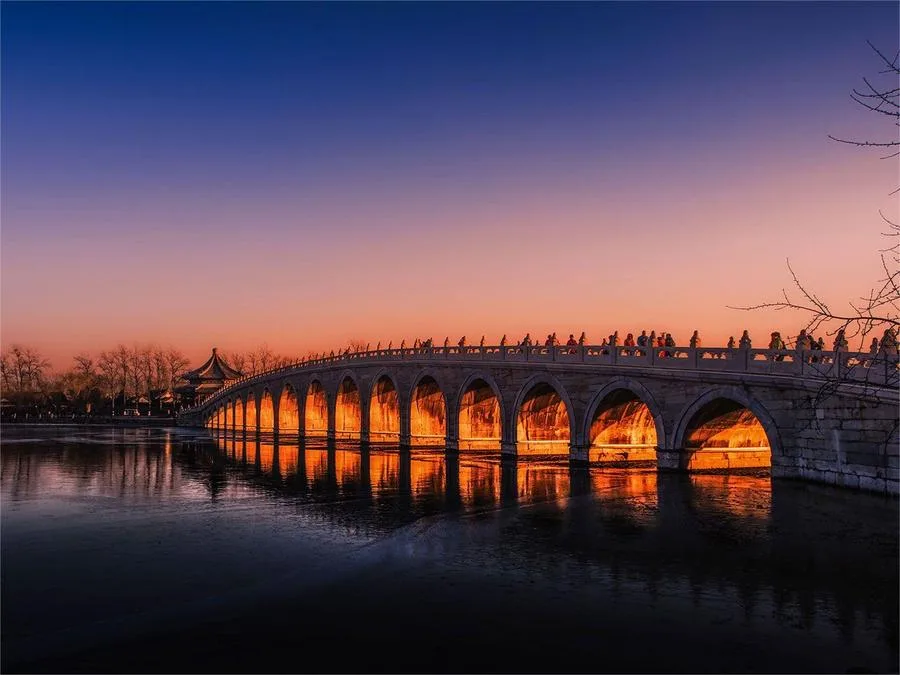
The Seventeen-Arch Bridge is the longest and largest stone bridge in the Summer Palace, spanning 150 meters and connecting the eastern shore to Nanhu Island. The bridge features 17 arches of varying sizes, with over 500 intricately carved stone lions adorning the railings. Each lion is unique, showcasing the exquisite stone-carving skills of the artisans. At the eastern end of the bridge, on the shore of Kunming Lake, stands the Bronze Ox, cast in 1755 during the reign of Emperor Qianlong. The Bronze Ox, also known as the Golden Ox, was placed here to suppress floods, symbolizing the emperor’s power to control natural disasters.
Empfohlene Routen
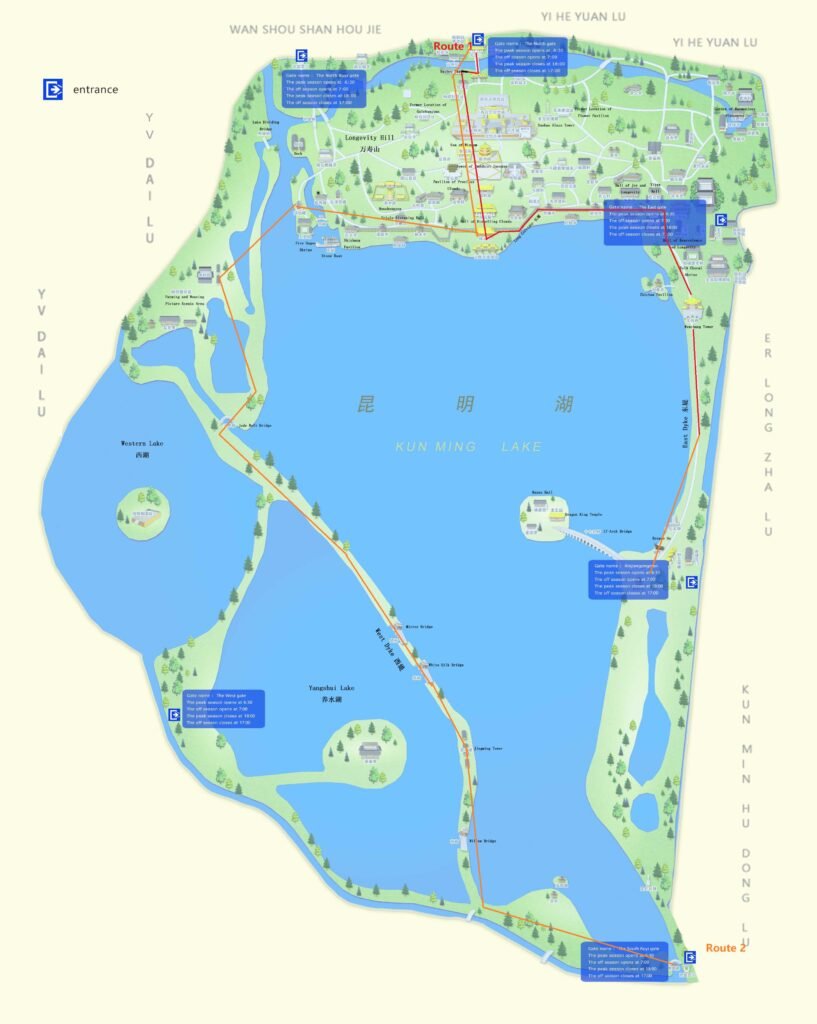
Route 1: Enter the Summer Palace from the North gate, tour around Longevity Hill, turn left to enjoy the views of Kunming Lake and various halls, and then leave from Xinjiangongmen.
This route is not that physically demanding but still covers most of the highlights of the Summer Palace.
Route 2: Enter the Summer Palace from the South Ruyi gate, walk along the West Causeway, reach Longevity Hill from the west, and then leave the park from the North Gate after visiting Suzhou Street.
This route focuses more on the beautiful scenery of the Summer Palace and leaves the magnificent buildings to the last. But since the long distance it covers, it may not suit senior citizens and children.
Vlog about Summer Palace
Nützliche Tipps aus Rezensionen zusammengefasst
Wählen Sie den Eingang mit Bedacht:
- The Summer Palace has six entrances. It’s recommended to enter from the North Ruins Gate (北如意门) as it typically has fewer people and more gentle pathways.
- The North Palace Gate (北宫门) is closest to subway station C exit, but it can get crowded during peak seasons and weekends. However, it’s advantageous as it’s close to Suzhou Street and the Four Great Regions.
- The East Palace Gate (东宫门) is near West Yuan Station (西苑站) and is popular among tour groups.
- The New Palace Gate (新建宫门) has fewer crowds but is farther from the subway, requiring a taxi or bus ride.
- The West Gate and the South Ruins Gate (南如意门) are farther from the main attractions, so they are not recommended unless you plan to spend a significant amount of time in Beijing.
Focus on Main Attractions: Most of the key attractions in the Summer Palace are concentrated near the East and North Palace Gates. Other gates have more scattered attractions.
Ticket Strategy: If you’re uncertain about spending a full day at the Summer Palace, consider purchasing the main entrance ticket first and buying tickets for specific attractions inside as needed.
Snacks mitbringen: The Summer Palace is vast, and it’s easy to spend several hours exploring. Snack options inside the park are limited and prices can be high, so it’s advisable to bring your own snacks.
Afternoon Tea at Harmony Park: Inside Harmony Park (谐趣园), there is a hidden palace-style afternoon tea coffee shop. It offers a charming atmosphere with views of the lotus pond in the front and the rockery in the back, making it a delightful spot to relax and enjoy some sunshine.
Interessante Fakten

How long did it take to build the Summer Palace

How many people visit Summer Palace


Summer Palace vs. Forbidden City – differences and similarities
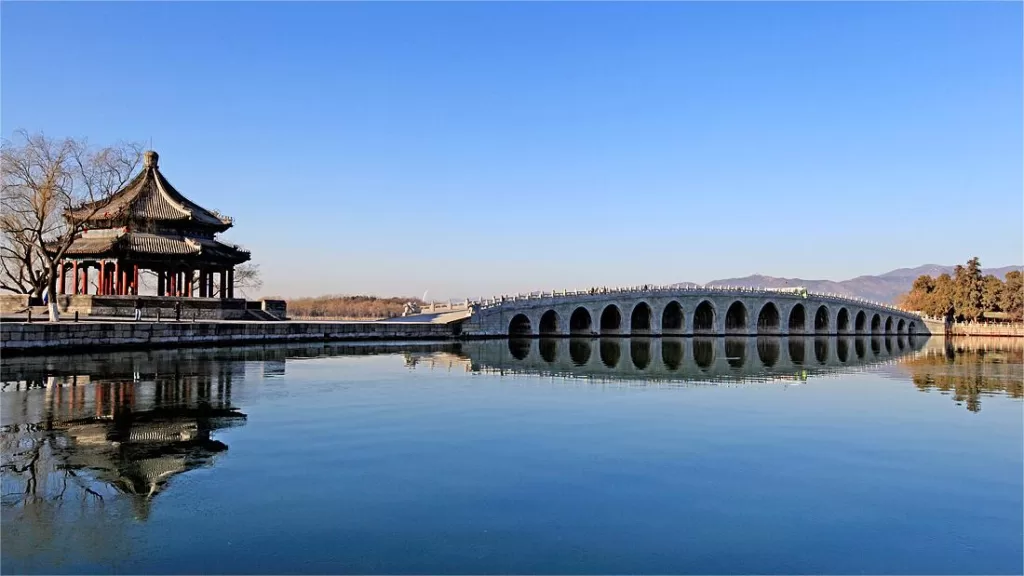
A detailed history of Summer Palace

Why was the summer palace built
Andere kaiserliche Stätten in Peking
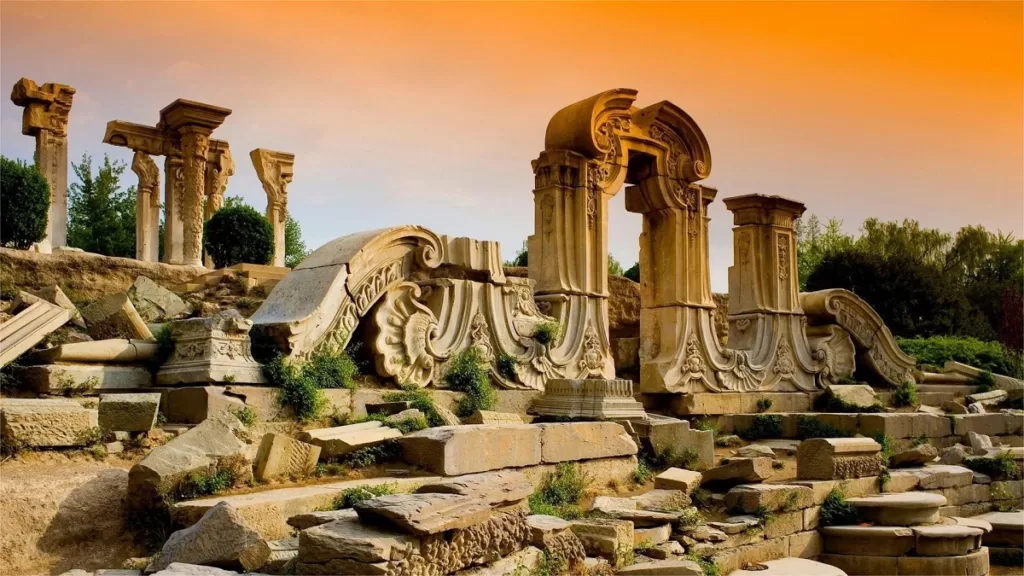
Yuanmingyuan - Ruinen der ehemaligen Paläste
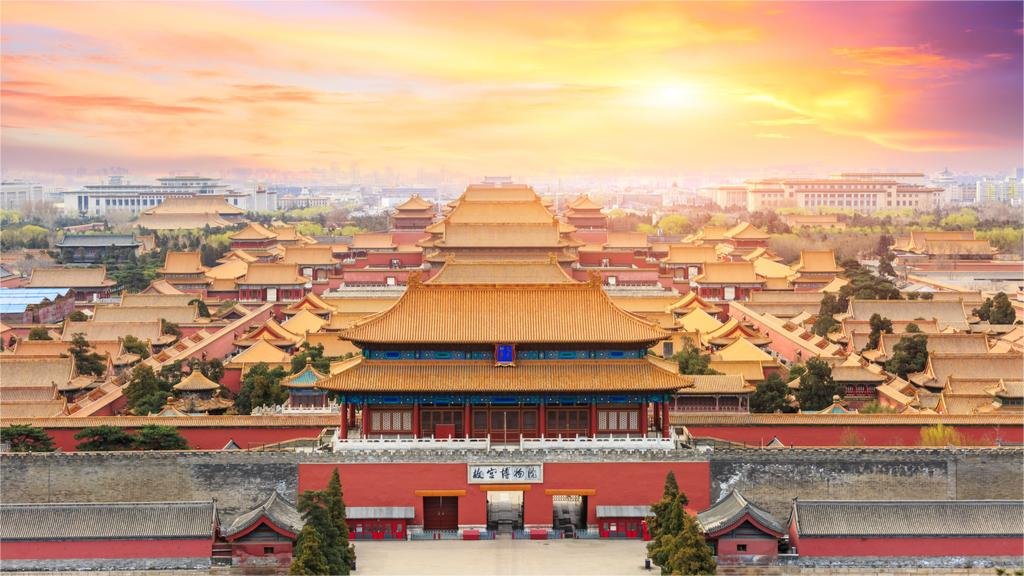
Verbotene Stadt - ehemalige Residenz der Kaiser
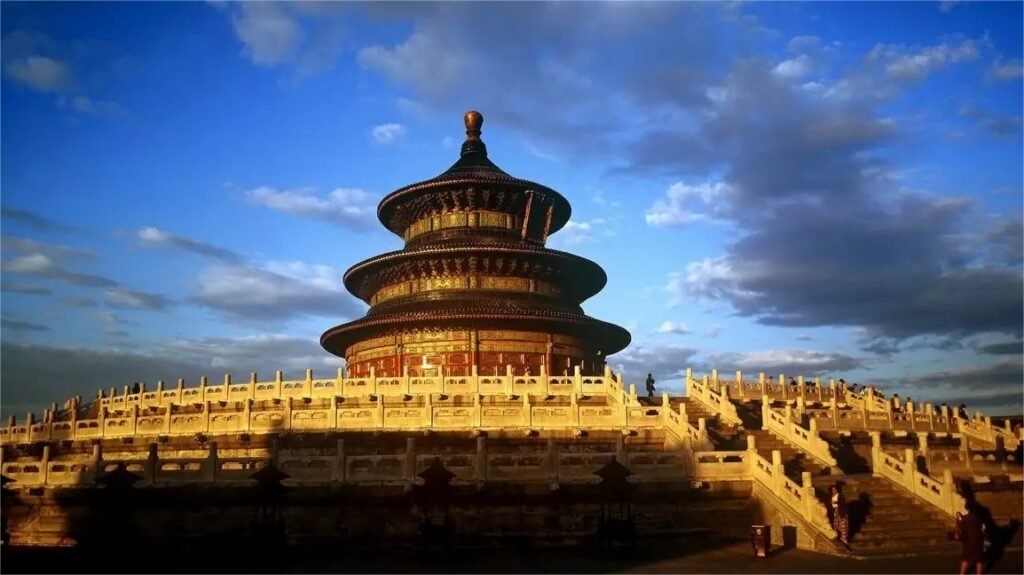
Himmelstempel - der Ort, an dem Opferzeremonien abgehalten werden
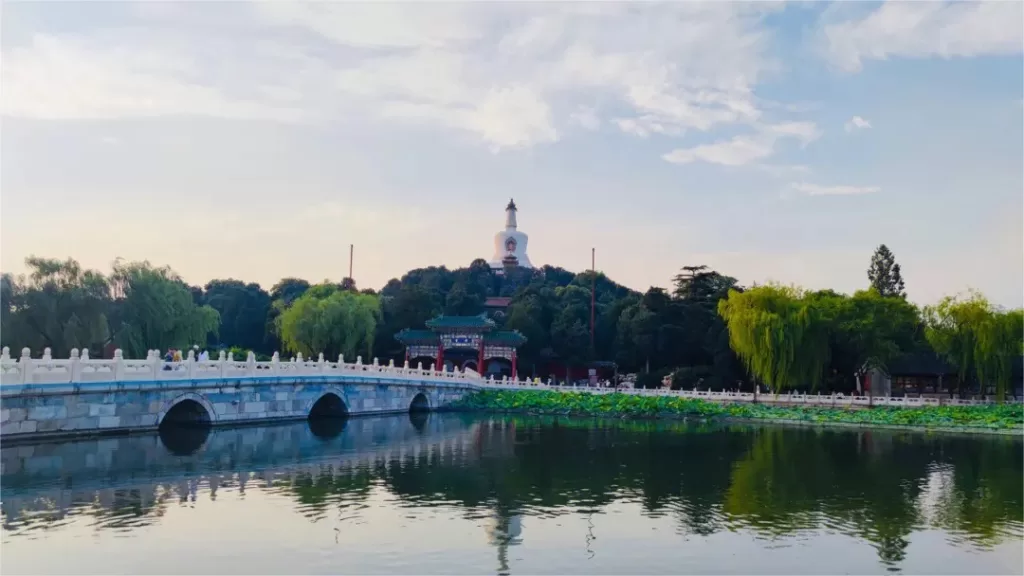
Beihai-Park - einer der am besten erhaltenen kaiserlichen Parks
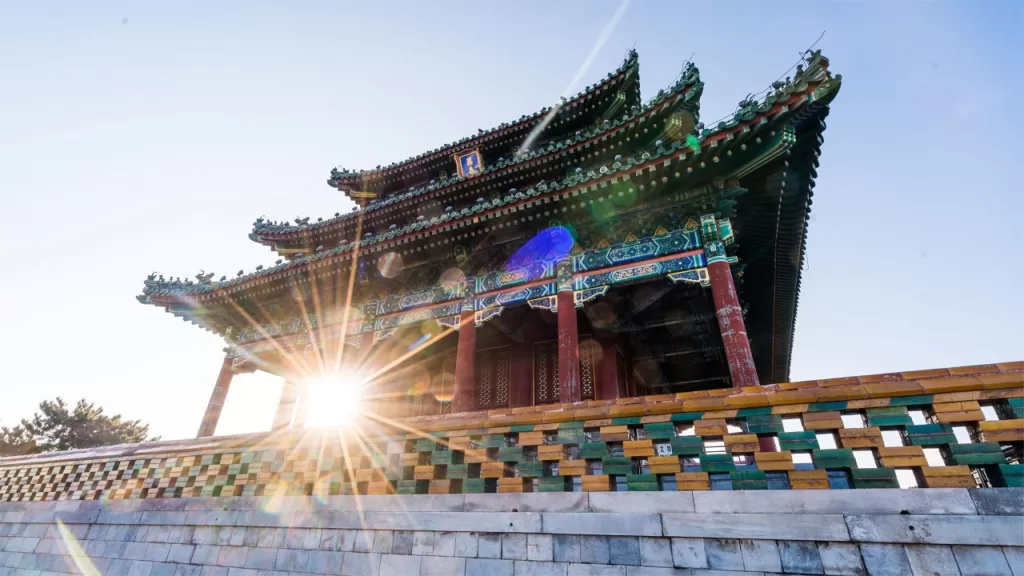
Jingshan-Park - der beste Ort, um die Verbotene Stadt zu überblicken
Historische Stätte in Peking, UNESCO-Welterbestätte